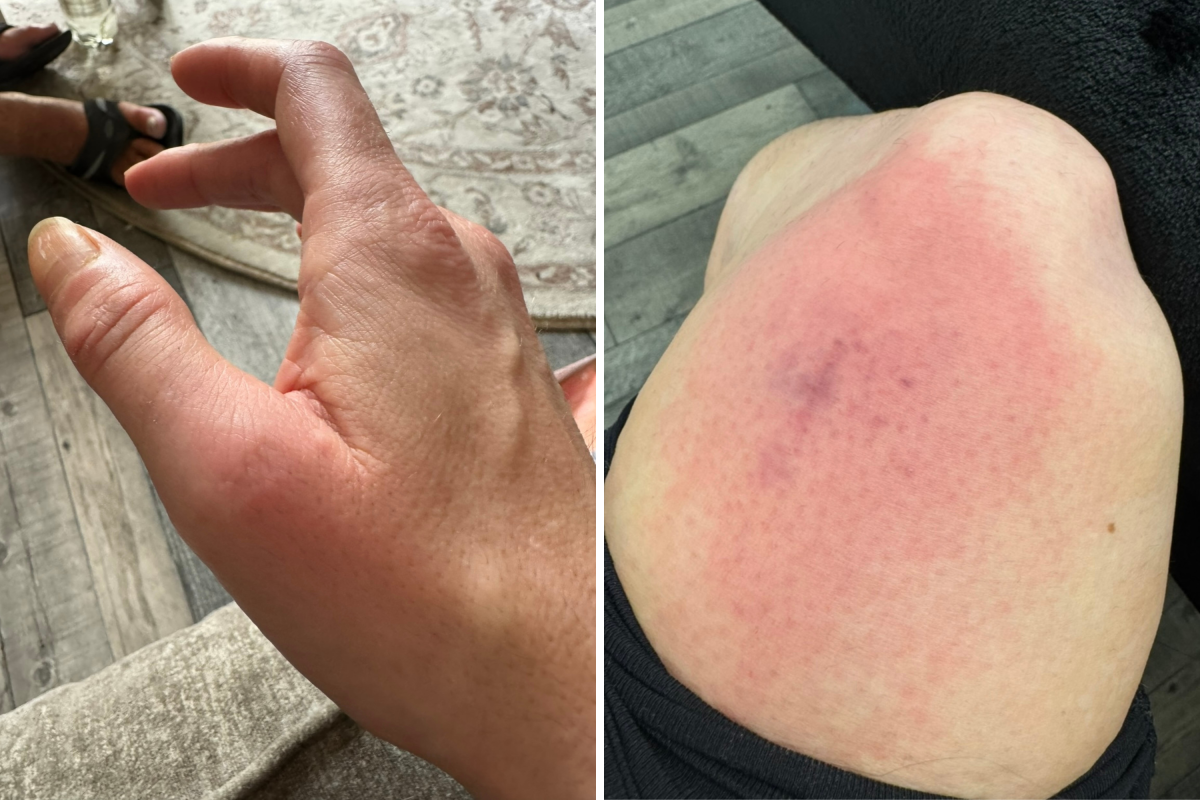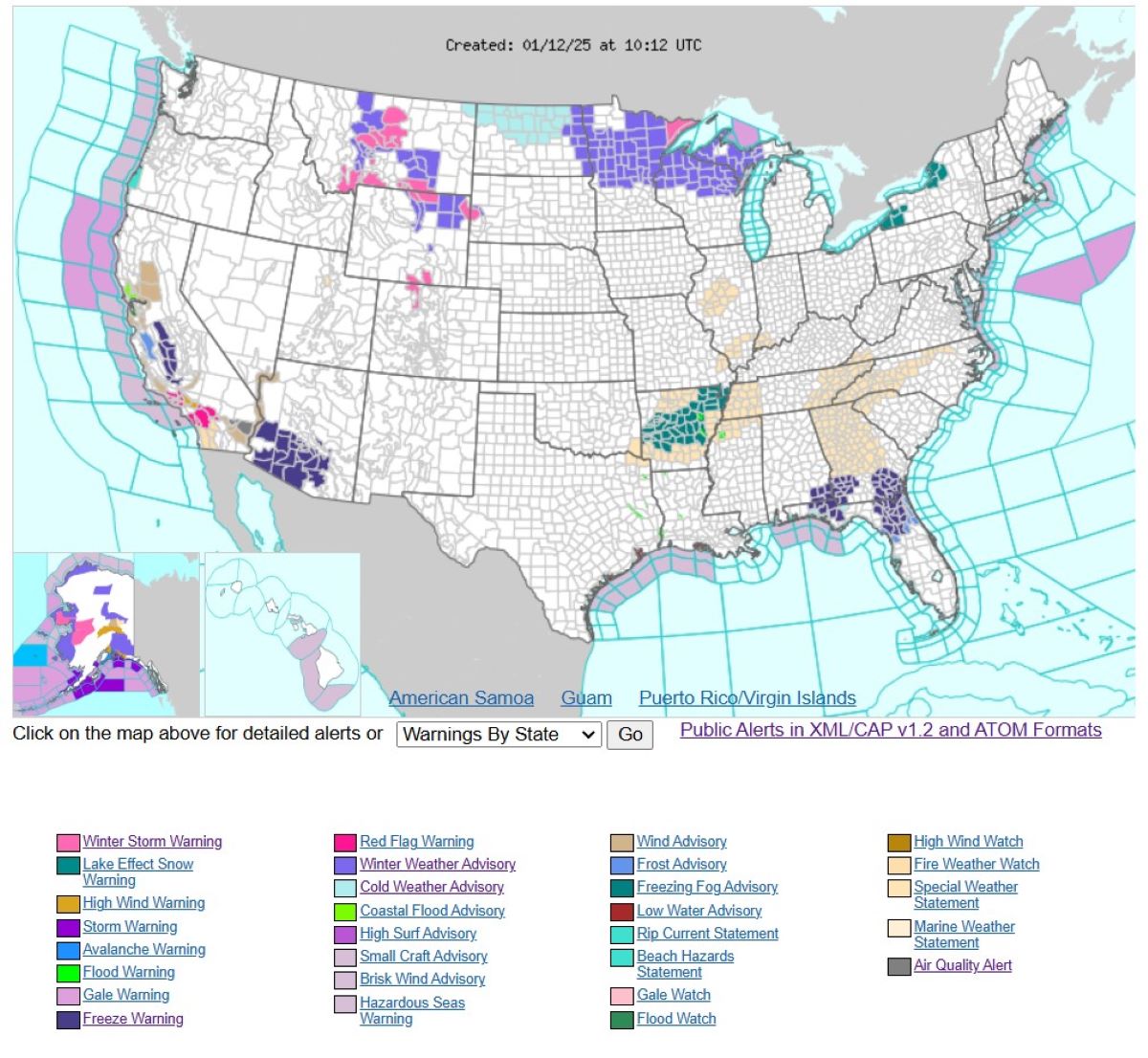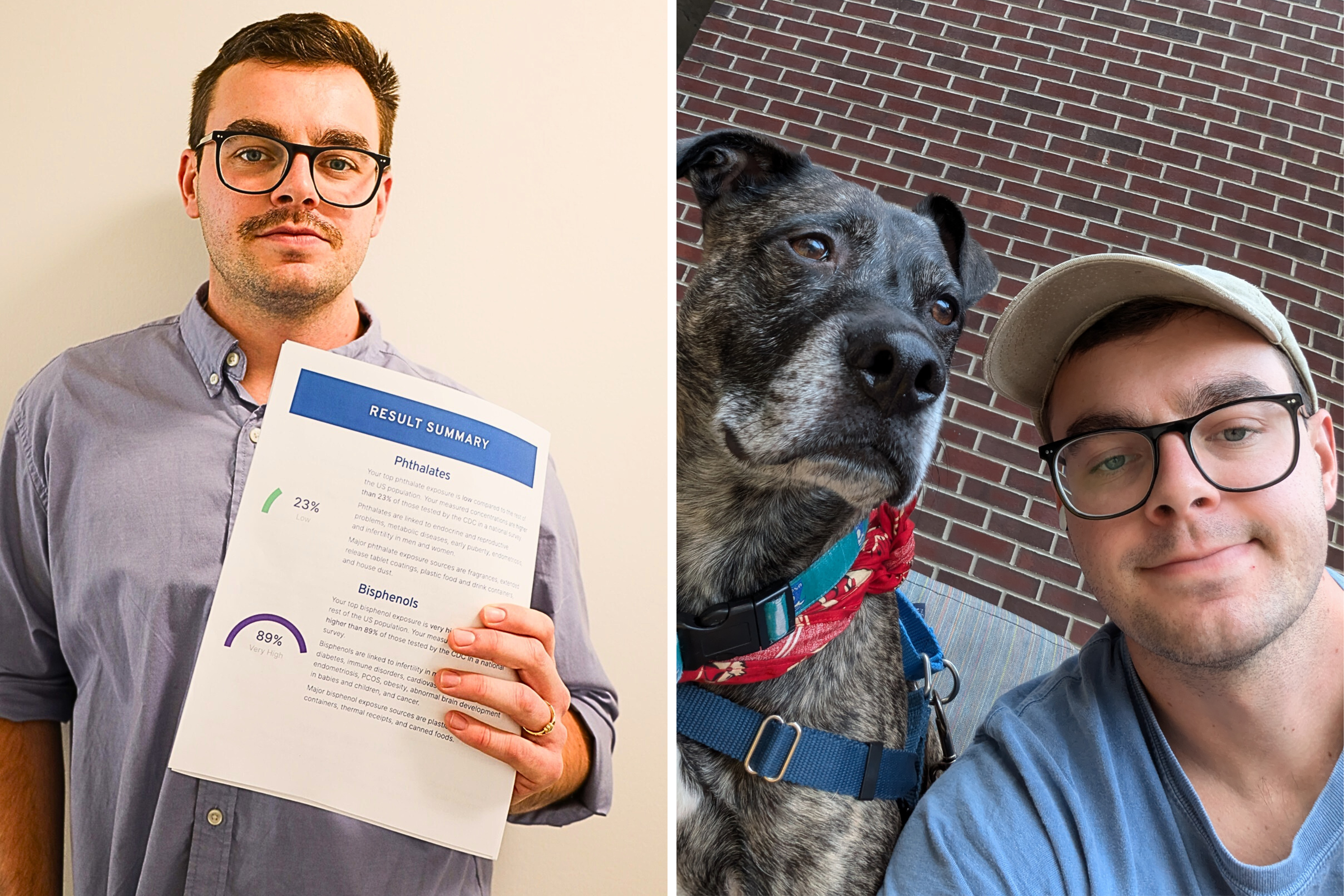Nicky Richardson ignored four persistent symptoms for almost a decade, but when she recently received an autoimmune disease diagnosis, everything made sense.
The 42-year-old is using her TikTok platform (@nickyshairandbeauty) to spread awareness about rheumatoid arthritis (RA), a condition she was initially told she was "too young" to have.
Despite experiencing joint pain—especially in her hands—along with body aches, hot flushes and sleeplessness, Richardson dismissed these symptoms as "normal," until one day in June when she was unable to get out of bed.
In an exclusive interview with Newsweek, Richardson shared how she spent years adapting to daily life with hand supports, only to have her diagnosis turn her world upside down.

"I have struggled for my whole adult life," she said. "I kept going to the doctors, but they dismissed me, saying I was 'too young for arthritis' in my twenties. Later, as I got older, they started suggesting it was perimenopause."
A survey by British law firm, Higgs LLP in July found that among 500 women who experienced a misdiagnosis, the two most commonly misdiagnosed symptoms were fatigue (31.4%) and lightheadedness/dizziness (25.2%). Achy joints were also frequently misdiagnosed, affecting 18.2 percent of respondents. This highlights a pattern of commonly overlooked symptoms, leading to delayed treatment for many women.
Richardson, from Devon, England, continued: "Eventually, I stopped going to the doctor and accepted the symptoms as 'my normal.' As a hairdresser, I use my hands daily and stand all day, so doctors attributed my joint pain to my work. Sometimes, my joints would swell and stiffen.
"I also had intense body heat that felt like I was 'cooking from the inside,' and I'd get rashes."
According to the National Rheumatoid Arthritis Society (NRAS), about 1% of the UK population—or more than 450,000 people—have RA. In the United States, approximately 1.3 million adults are affected, representing 0.6% to 1% of the adult population.
Arthritis Isn't Just for the Elderly
Newsweek reached out to Dr. Andrew Concoff, a rheumatologist and chief innovation officer and chief medical officer at Exagen Inc., a life sciences company specializing in advanced autoimmune testing.
He said: "It is a common misperception [that arthritis only affects older patients]. Osteoarthritis, the most common form of arthritis, is typically associated with aging and affects older patients.
"However, autoimmune inflammatory forms of arthritis, including rheumatoid arthritis (RA), can affect patients of any age. While the peak incidence of RA is between 50 and 59 years, a substantial percentage of patients develop RA between the ages of 16 and 40."
Warning Signs of Rheumatoid Arthritis

Concoff explained that the hallmark of RA is inflammation or swelling of the joints, typically associated with morning stiffness lasting over 30 minutes.
He told Newsweek: "The disease is far from limited to the joints, as autoimmune inflammation may damage the lungs (pulmonary fibrosis) or the heart (premature atherosclerotic heart disease) along with risk for many other "extra-articular" manifestations."
The CDC states that other symptoms include:
- Tenderness, redness, warmth and swelling in joints.
- Weight loss.
- Fever.
- Fatigue or tiredness.
- Weakness
In September, Richardson warned TikTok users about the symptoms and how she put most of the aches down to her role as a hairdresser. The clip quickly went viral, racking up more than 521,000 views.
The Diagnosis
Earlier this year in June, Richardson finally received her RA diagnosis after waking up immobilized by severe body aches.
"Two weeks prior, my hand was swollen and red, so I went to the emergency room and was given inflammation medication. But then the pain moved to my shoulder. I thought maybe I overused my hands, but when the pain spread to the other side of my body, I knew something was wrong," she told Newsweek.
"One morning, I woke up and couldn't move—my knees were swollen with excess fluid, my body was hot to the touch. I couldn't even walk."
Using private healthcare, Richardson saw a doctor who confirmed her RA diagnosis.
Since then, life has changed dramatically. "Life has been horrible since the diagnosis. It's taken an emotional toll. I've had to slow down, and I can't work like I used to. I'm grieving for my old self," she told Newsweek.
Though medication helps manage her joint pain, Richardson says she continues to endure hot flushes, reminding others of the importance of seeking medical advice for persistent symptoms.
"Tremendous progress has been made over the past three decades in treating the symptoms of RA and in preventing the permanent joint damage and disability it previously caused," Concoff said.
"However, starting treatment sooner, closer to the onset of symptoms, yields far better chances for good long-term outcomes, including remission.
He added that new medications have significantly improved the ability to manage RA symptoms, but completely curing the disease is still not feasible for most patients.
"Curing RA (i.e., cure equals treat to the point where symptoms abate and stop all medications without reactivation of arthritis) remains an aspiration, not a current possibility," he said.
Is there a health issue that's worrying you? Let us know via health@newsweek.com. We can ask experts for advice, and your story could be featured on Newsweek.




















 English (US) ·
English (US) ·